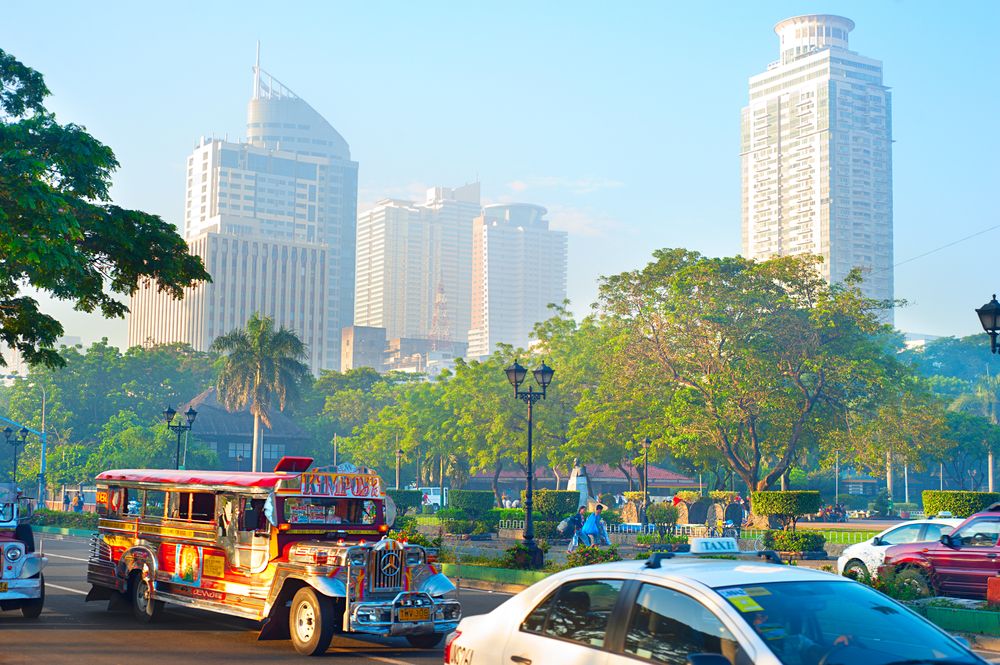PH trade deficit ‘alarming,’ says BOI official
Rappler - 27 December 2019
PH trade deficit ‘alarming,’ says BOI official
The trade deficit of the Philippines has been growing at a “quite alarming” rate, said Board of Investments (BOI) executive director Ma. Corazon Dichosa.
At the Annual Public Policy Conference (APPC) organized by state think tank Philippine Institute for Development Studies (PIDS) in September, Dichosa said the trade deficit of the country for the past 5 years has averaged 76.54%.
“[F]rom 2014 to 2018, our trade deficit has been growing. [I]t is already around $127.93 billion. What is alarming is that trade deficit has been increasing in the last year, 2018, and has ballooned to -$47 billion,” Dichosa said.
Only 5 countries account for more than 90% of the country’s overall deficit. Dichosa said China is the “bulk contributor,” which accounts for 32.41%, followed by South Korea, Indonesia, Thailand, and Taipei.
Automotive, petrochemicals, coal, and steel are the Philippines’ major imports and top sources of deficit, since the country cannot manufacture these products. Dichosa said the country’s automotive sector has not grown to a certain point where it can supply the local demand. “It would have been better if these autos were manufactured in the Philippines because that would have contributed to the economy,” she said.
The country also imports coal from Indonesia, because “the supply in Semirara has a low-heating value which some power plants cannot use,” PIDS said in its media release. Likewise, the country’s imports of steel bars has been rising to supply the demand of the government’s Build, Build, Build program.
Aside from these, the neighboring countries are also a contributing factor. “[T]he markets that we trade in [are] the same set of countries that we compete with. For all the ASEAN members, our major markets would be the EU, US, China, and Japan,” Dichosa said.
Possible remedies
Dichosa said “exporting more and importing less” is key to addressing the trade deficit, but noted that this can only be done if the Philippines has good supply chains.
A “robust industrialization policy” was also suggested by Dichosa, explaining that the Philippines “will not go to protectionist measures” and “will not hesitate to impose trade remedies” if necessary. She shared that such trade remedy has been imposed on cement already.
“Any imports from Vietnam, which is a heavy source of cement in the Philippines, will now be imposed additional tariffs. We will also be doing this for other products in the coming months,” Dichosa explained.
Lastly, tapping different free trade agreements (FTAs) is another strategy seen by Dichosa, since the country has an expansive market access and a huge network of them.
“[W]e have the ASEAN and the Regional Plus One with Japan. We have bilateral FTAs with Switzerland, Norway, Lichtenstein, and Iceland. We have a regional FTA with Australia, China, Korea, India, and New Zealand. We enjoy GSP [generalized system of preferences] plus status with the EU, which means that export products that fall under more than 6,000 tariff lines enjoy tariff reduction in the EU market. We also enjoy benefits from the US, Russia, and Canada GSP,” Dichosa said.
The BOI and its parent agency, the Department of Trade and Industry, were also undertaking industry development initiatives to complement the suggested strategies.
Some of the agencies’ initiatives were creating and enabling business environments for investors by encouraging them to access BOI’s services, and developing the country’s human resource.






